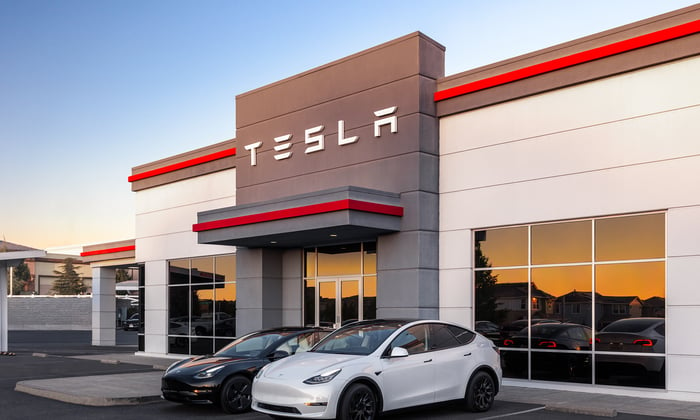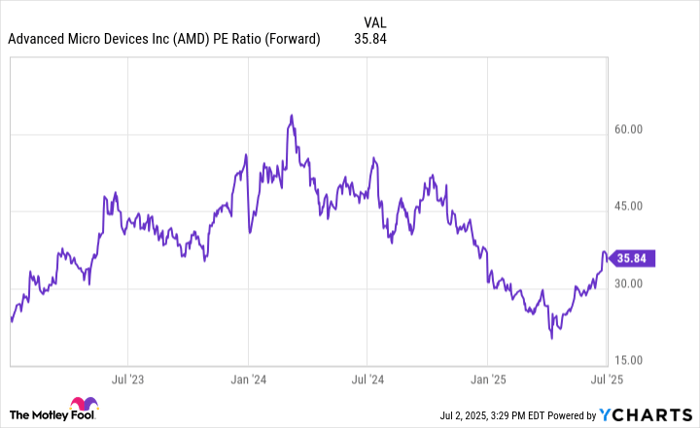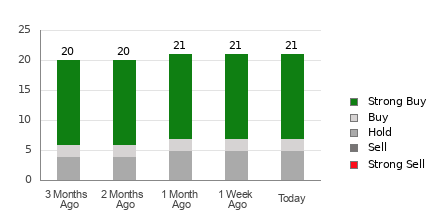Tesla Faces Challenges as Analyst Lowers Price Target to $315
Dan Ives, the global head of technology research at Wedbush Securities, has always been a strong advocate for America’s innovative companies. This week, however, he adjusted his price target for Tesla (NASDAQ: TSLA) from $550 down to $315, a substantial 43% drop. Ives, who previously identified Tesla’s full self-driving (FSD) platform as a potential trillion-dollar opportunity for the company, now expresses concerns regarding the potential impact of CEO Elon Musk’s political involvement on Tesla’s brand perception.
Where to invest $1,000 right now? Our analyst team just revealed what they believe are the 10 best stocks to buy now. Learn More »
Tesla’s struggles may be evident in its sales figures. The company reported a decline in electric vehicle (EV) sales, delivering 1.79 million cars in 2024—a 1% decrease from the previous year. This marked the first annual drop in sales since the introduction of its flagship Model S in 2011, raising red flags for investors.
Tesla’s Recent Sales Trends Raise Concerns
Further compounding these concerns, Tesla announced only 336,681 EV deliveries for the first quarter of 2025, reflecting a 13% year-over-year decrease. European markets, where overall EV adoption is growing, saw Tesla’s sales shrink, indicating customers are opting for competitors’ products.
Ives believes that Tesla has likely lost 10% of its future customer base globally, attributing this to Musk’s political activities, a figure he describes as “conservative.” Musk currently leads the Department of Government Efficiency (DOGE), a White House initiative aiming to tackle the national debt by eliminating wasteful spending. His agenda has led to thousands of federal layoffs and the elimination of entire government agencies, stirring public dissent.
Protests have emerged at Tesla dealerships worldwide, leading to physical damage at some locations. Additionally, accounts of road harassment directed at Tesla owners suggest that these events may deter potential customers, negatively affecting future sales.
Ives also believes that recently imposed import tariffs by President Donald Trump could adversely impact Tesla. While the company assembles EVs in the U.S., it depends on international suppliers for costly components, like batteries, which may raise production costs. This comes at a time when Tesla is already facing price competition from Chinese manufacturers like BYD and Great Wall, who are offering entry-level EVs priced below $15,000.
Future Growth May Depend on Autonomous Vehicles
Musk envisions a future dominated by autonomous mobility. Last year, Tesla unveiled the Cybercab, a robotaxi utilizing its FSD software, which customers can summon via smartphone for a completely autonomous ride without a human driver.
However, FSD lacks regulatory approval in the U.S. Currently, there’s hope that it may be authorized in states like California and Texas within the year. Delays could hinder Tesla, especially as rivals like Waymo, owned by Alphabet, are already completing over 200,000 paid autonomous trips weekly through a partnership with Uber.
Ives forecasts that autonomous vehicles represent a long-term opportunity worth $1 trillion for Tesla. Cathie Wood’s Ark Investment Management shares a similar outlook, even projecting Tesla’s valuation could soar to $8 trillion by 2029, contingent on the Cybercab generating $756 billion in annual revenue—a figure seven times greater than Tesla’s earnings from EV sales last year. While such estimates may seem aggressive, they highlight significant potential for Tesla’s future.
Near-Term Risks for Tesla Stock
According to Tesla’s projections, mass production of the Cybercab won’t commence until 2026. Thus, the company’s financial performance will hinge on its EV sales over the next two years. A continuation of declining sales could have severe repercussions. Last year, price cuts aimed at boosting demand only resulted in reduced profit margins, with earnings per share (EPS) plunging by 53% to $2.04.
Consequently, Tesla’s stock trades at a substantial price-to-earnings (P/E) ratio of 122.2, which is nearly six times higher than the S&P 500’s P/E ratio of 21.8. As the downturn in EV sales continued into the first quarter of 2025, there are concerns that Tesla may see an even steeper drop in EPS, further elevating the stock’s perceived value.
While innovations like FSD and the Cybercab hold the promise of transforming Tesla’s future, investing at such high valuations may expose investors to considerable risks. If the EV sector continues to struggle, we could see Tesla’s stock decline further to a more reasonable P/E ratio.
Seize the Opportunity Before It’s Too Late
Have you ever felt left out when it comes to investing in top-performing stocks? This might be your moment.
Occasionally, our team of experts issues a “Double Down” Stock recommendation for companies poised to surge. If you fear you’ve missed your chance, now could be the best time to invest. The numbers illustrate compelling evidence:
- Nvidia: A $1,000 investment when we doubled down in 2009 would now be worth $249,730!*
- Apple: A $1,000 investment made in 2008 would today yield $32,689!*
- Netflix: A $1,000 investment in 2004 would be valued at $469,399!*
We are currently issuing “Double Down” alerts for three exceptional companies, and opportunities like this may not arise again soon.
Continue »
*Stock Advisor returns as of April 5, 2025
Suzanne Frey, an executive at Alphabet, is a member of The Motley Fool’s board of directors. Anthony Di Pizio has no position in any of the stocks mentioned. The Motley Fool has positions in and recommends Alphabet, Tesla, and Uber Technologies. The Motley Fool recommends BYD Company. The Motley Fool has a disclosure policy.
The views and opinions expressed herein are the views and opinions of the author and do not necessarily reflect those of Nasdaq, Inc.









